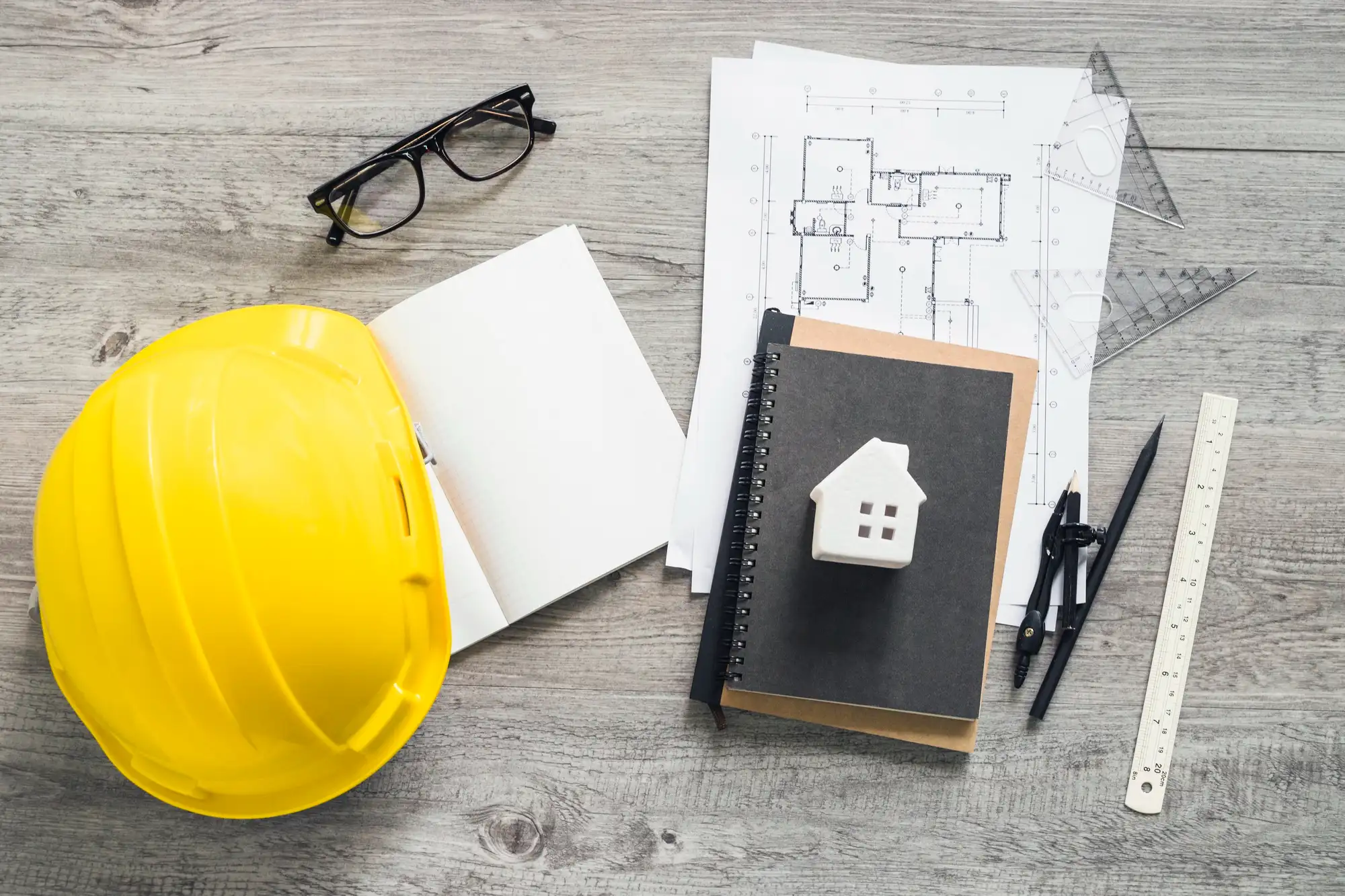
Latest Trends in Sustainable Architecture and Building Materials: Embrace the Future
In an era where environmental consciousness is paramount, architecture and construction are witnessing a transformative shift towards sustainability. The latest trends in sustainable architecture and building materials respond to ecological concerns and reflect a commitment to creating spaces that harmonise with nature while embracing innovation and efficiency.
1. Green Roofs and Living Walls- add image
One of the standout trends in sustainable architecture is the integration of green roofs and living walls. These features enhance aesthetic appeal and contribute to energy efficiency by providing natural insulation. Green roofs absorb rainwater, reduce urban heat island effects, and create habitats for wildlife, marking a significant leap in environmentally conscious design.
2. Net-Zero Energy Buildings add image
The concept of net-zero energy buildings has gained immense traction. These structures generate as much energy as they consume, often incorporating renewable sources like solar panels and wind turbines. This trend aligns with the global push towards reducing carbon footprints and achieving energy independence.
3. Recycled and Upcycled Materials- add image
Using recycled and upcycled materials has become a hallmark of sustainable construction. Architects and builders are turning to reclaimed wood, recycled steel, and repurposed materials to minimise waste and breathe new life into existing resources. This adds unique character to structures and reduces the demand for virgin materials, mitigating environmental impact.
4. Smart and Energy-Efficient Technologies add image of automated lighting
The integration of smart technologies is revolutionising the way buildings operate. These technologies, from automated lighting and HVAC systems to advanced energy management systems, optimise energy usage and enhance efficiency. Smart buildings contribute to sustainability by adapting to user behaviour, reducing energy consumption, and ensuring optimal resource utilisation.
5. Biophilic Design add image
Biophilic design is gaining prominence for its focus on incorporating nature into built environments. This involves introducing natural elements like daylight, vegetation, and water features into spaces, fostering a connection with the outdoors. Beyond aesthetic appeal, biophilic design has been linked to improved well-being, productivity, and overall occupant satisfaction.
As the architectural landscape evolves, the latest trends in sustainable architecture and building materials steer the industry towards a more environmentally conscious and resilient future. Embracing these innovations addresses current ecological challenges and sets the stage for a built environment that thrives in harmony with nature. Through thoughtful design, innovative technologies, and a commitment to sustainability, the architecture of tomorrow promises a brighter, greener, and more resilient world.




